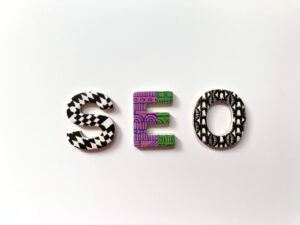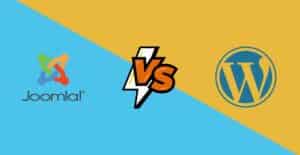The Largest Contentful Paint (LCP) is a crucial metric for evaluating the loading performance of a web page. This metric measures the time it takes for the largest content visible in the viewport to load completely. This may be an image, a video or a significant block of text. LCP is essential because it provides a clear indication of when the main content of the page has loaded, directly influencing the user experience.
An optimal LCP should occur within 2.5 seconds from the moment the page starts loading. An LCP of more than 4 seconds is considered slow and can penalise your page's ranking in search engine results. But how can this metric be improved? Here are some practical tips:
- Image Optimisation: Images are often the largest content on the page. Use modern formats such as WebP, compress images and implement lazy loading.
- Using a Content Distribution Network (CDN)Distributing content via a CDN reduces loading times, bringing content closer to users.
- Minimising CSS and JavaScriptHeavy CSS and JavaScript files can slow down the rendering of the main content. Minimise and defer these files whenever possible.
- Optimising the Server: A fast server responds quickly to requests, improving overall loading times.
What is the First Contentful Paint (FCP)?
The First Contentful Paint (FCP) measures the time between the start of page loading and the moment when any part of the page content is made visible on the screen. This may include text, images or canvas. A good FCP should be less than 1.8 seconds. A high FCP metric may indicate that page content takes too long to become visible, worsening the user's perception of page speed.
Here are some suggestions for improving the FCP:
- Prioritising Above-the-Fold Content: Make sure that the content visible when opening the page loads first.
- Reducing Server Response Times: Improving server response times can significantly reduce FCP.
- Optimising Render Blocking: Minimises the use of scripts that block rendering, such as non-critical CSS and JavaScript files.
- Using Cache Storage: Implementing a good caching strategy can reduce recurring loading times.
The Relationship between LCP and FCP
LCP and FCP are two vital metrics that, if optimised correctly, can drastically improve the User Experience (UX) and the positioning SEO of your site. While the FCP focuses on the time it takes to display any content on the screen, the LCP focuses on the time it takes for larger content to be fully visible. Optimising both means ensuring that your web page not only loads quickly, but also delivers the most important content in the shortest possible time.
Tools for Measuring LCP and FCP
There are several instruments you can use to measure and analyse LCP and FCP:
- Google PageSpeed InsightsIt provides detailed performance analyses and suggestions for improving both LCP and FCP.
- Lighthouse: Tool open-source of Google, which provides a comprehensive audit of website performance.
- Web Vitals Extension: A browser extension that provides real-time metrics for LCP, FCP and other Web Vitals.
Rely on G Tech Group for your website optimisation
Largest Contentful Paint e First Contentful Paint are key metrics to ensure a fast and smooth navigation on your website. Investing time and resources in optimising these parameters not only improves the user experience, but can also significantly increase the visibility of your site in search results.
Like G Tech Group, we specialise in website optimisation e SEO. We can help you optimise your website to improve performance and achieve concrete results. If you need support or would like more information, write to [email protected]. We are ready to assist you every step of the way to ensure that your website offers an excellent experience, loading essential content in the shortest possible time.
Web Site Optimisation Challenges
Optimising a website for perfect performance is not always possible without compromise. In some cases, improving metrics such as the Largest Contentful Paint and the First Contentful Paint may require significant changes to the graphics and layout of the site. This may mean reducing the quality of images, limiting the use of animations or removing complex design elements that contribute to the visual identity of the brand. It is crucial to strike a balance between aesthetics and performance, ensuring that optimisations do not distort the original user experience. At G Tech Groupwe work to balance these needs, optimising performance without sacrificing the essence of your site's design.







